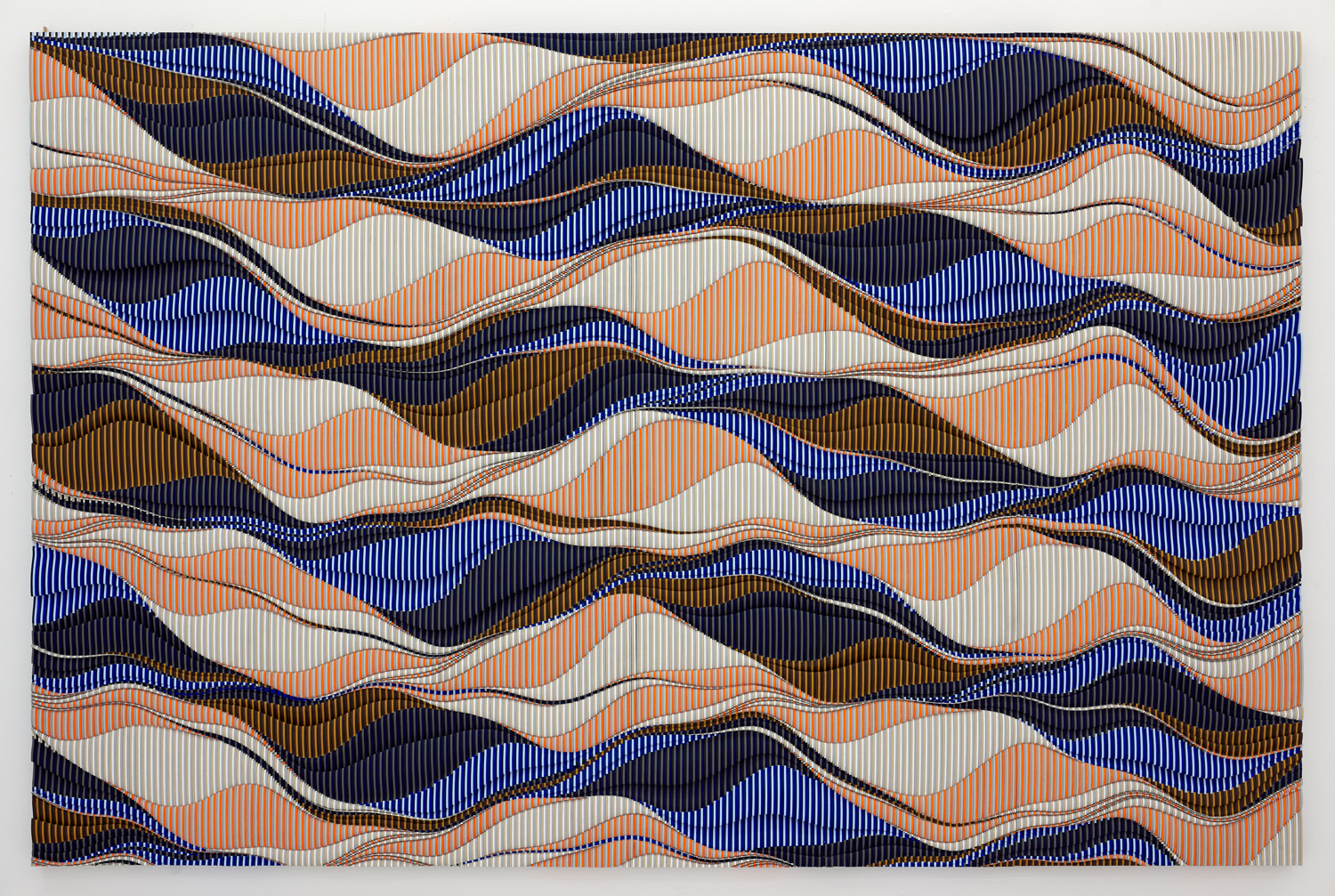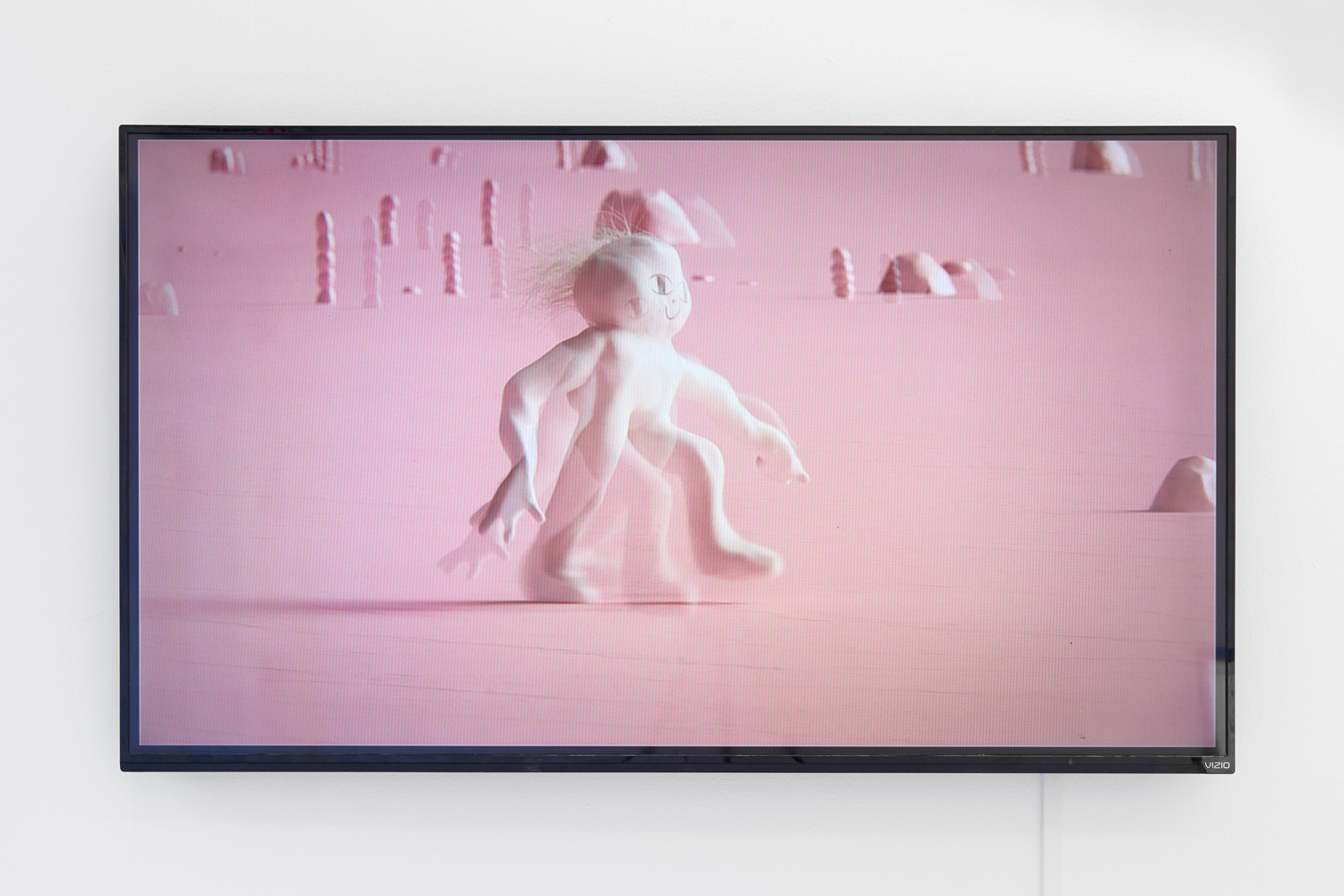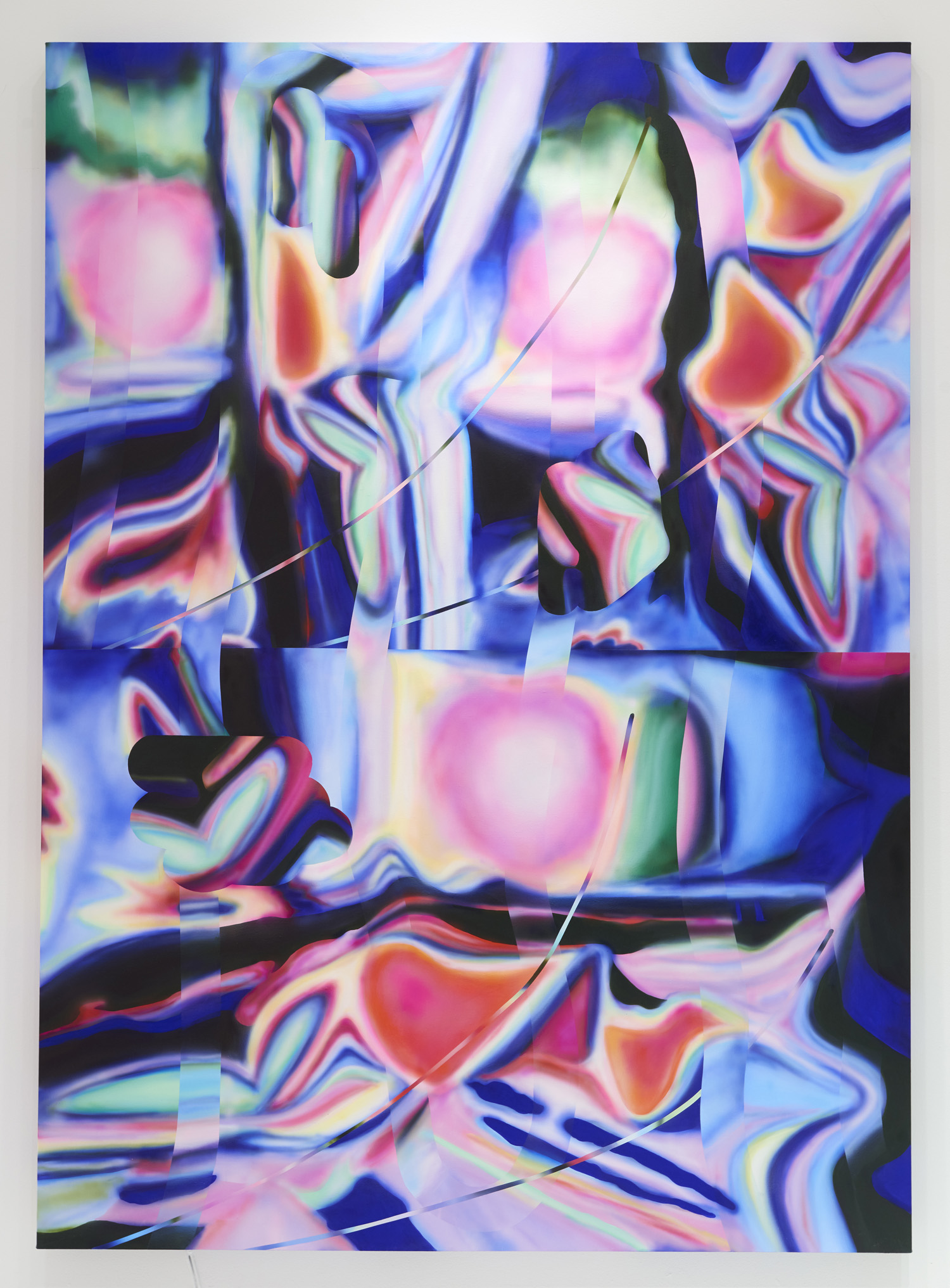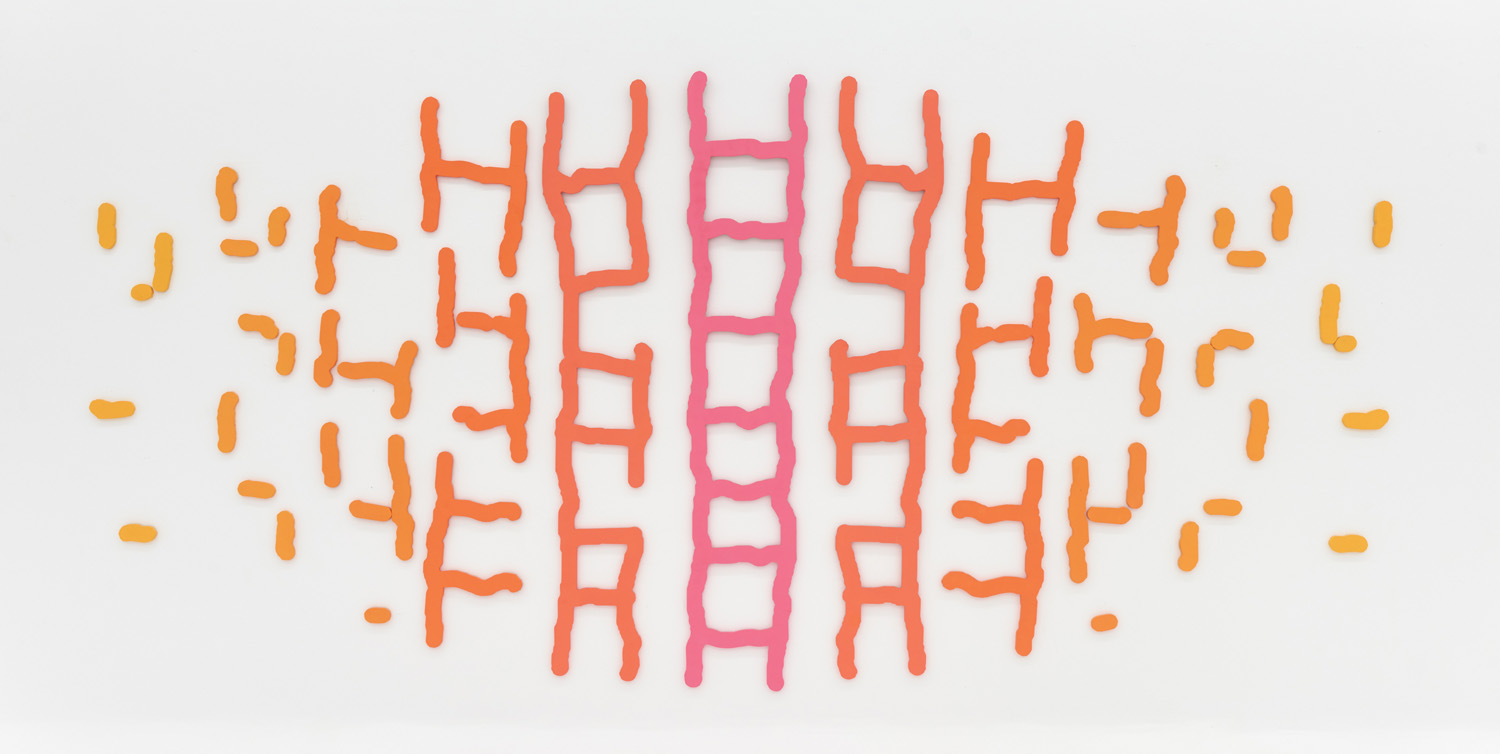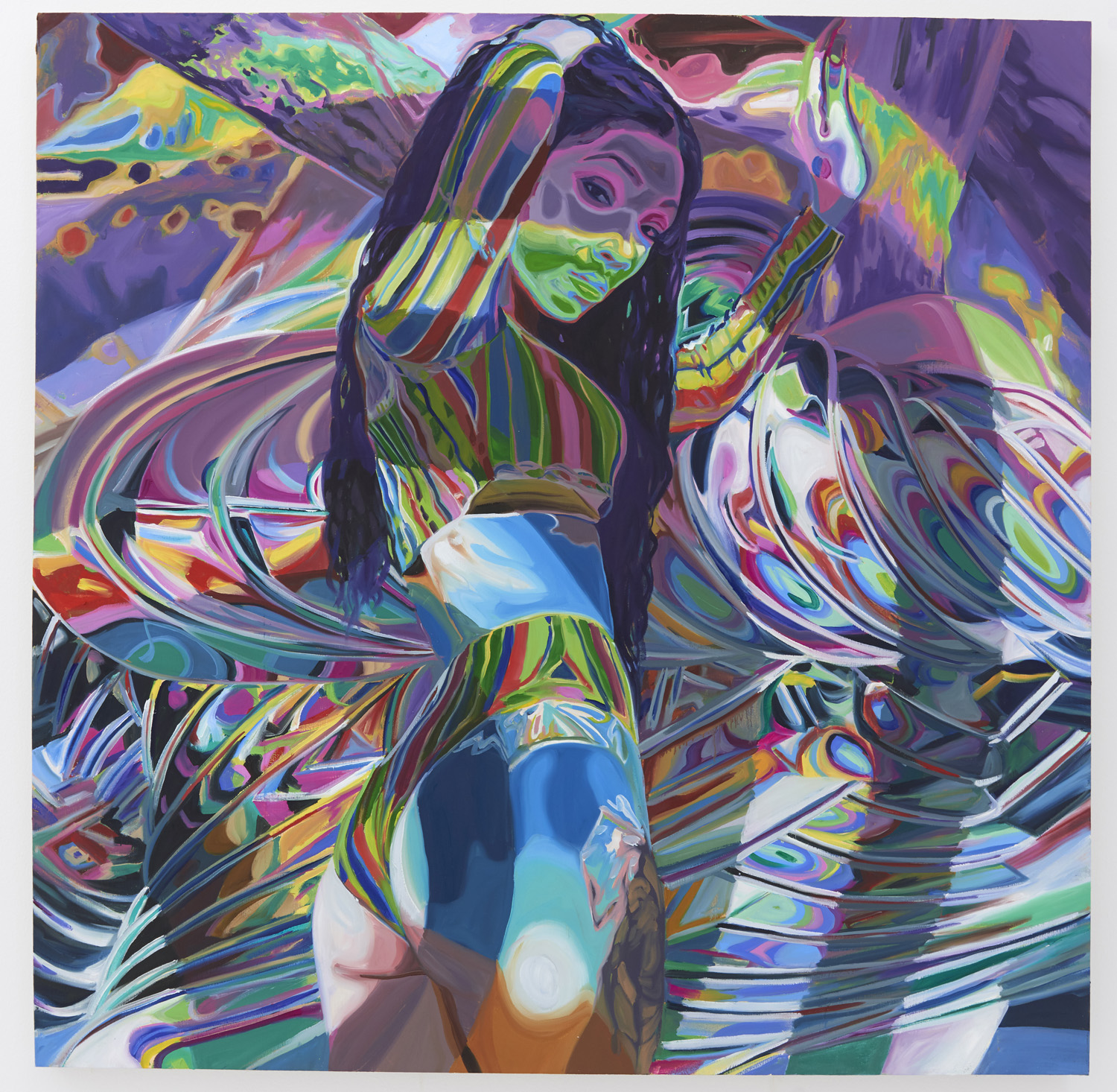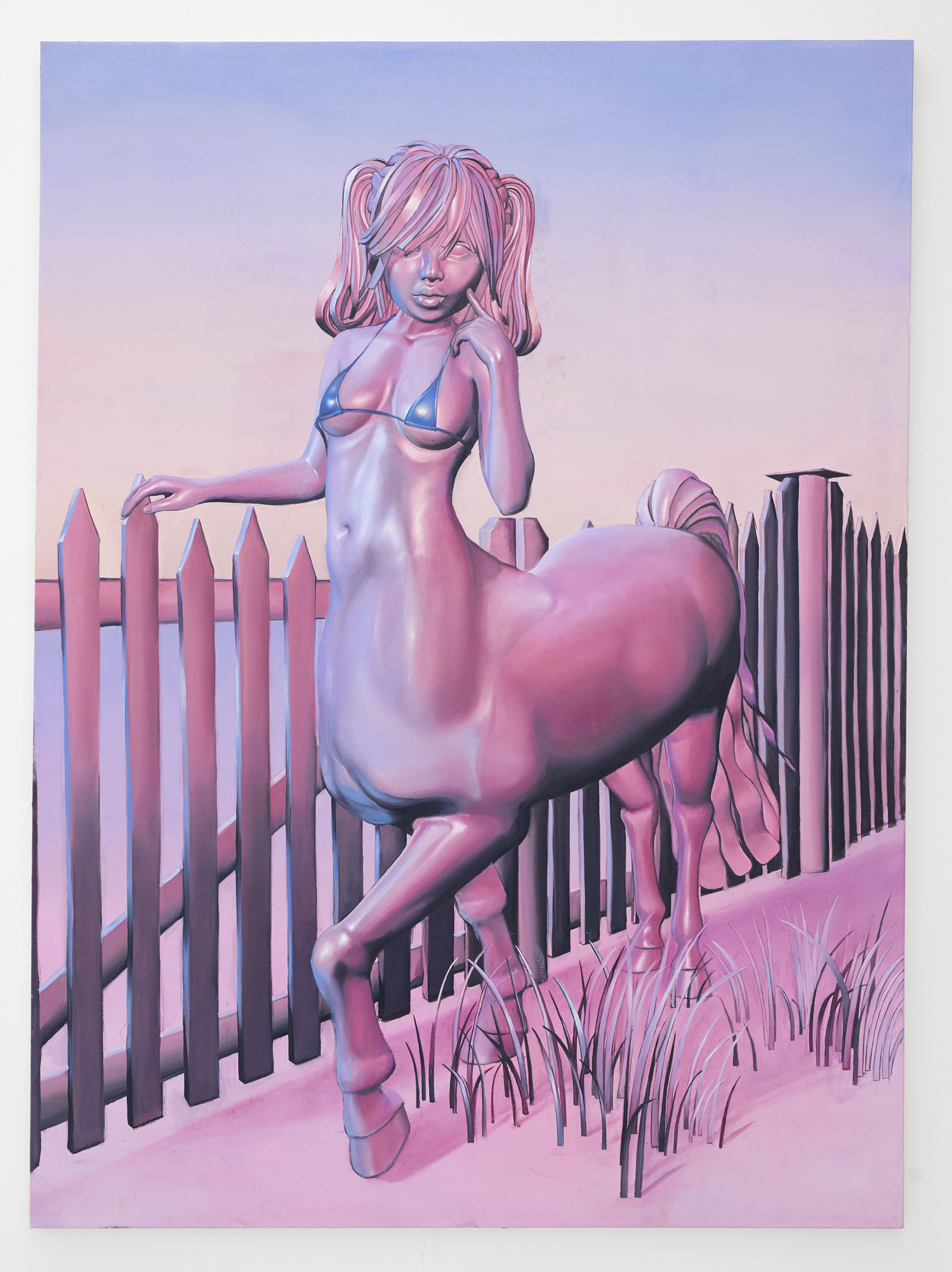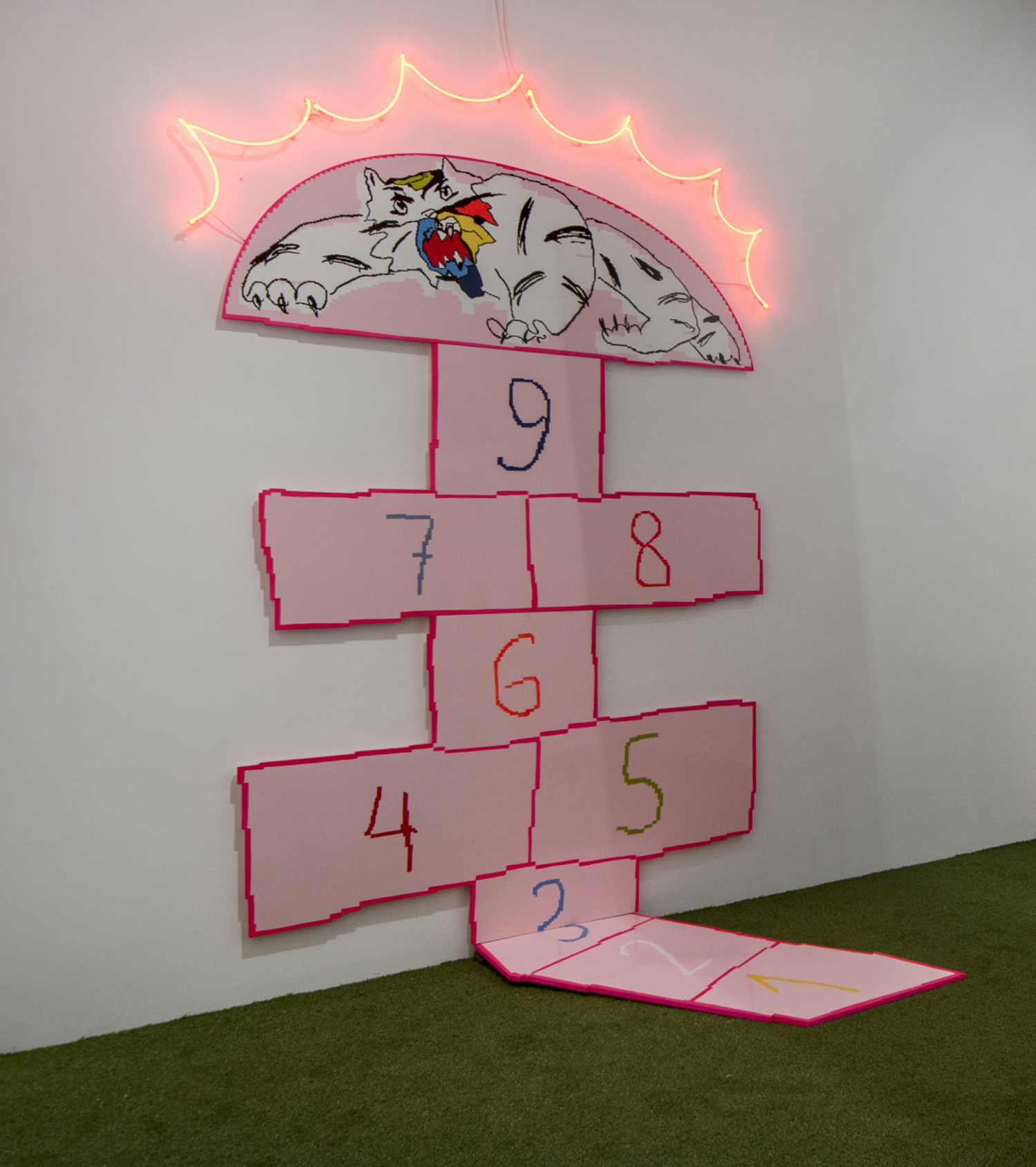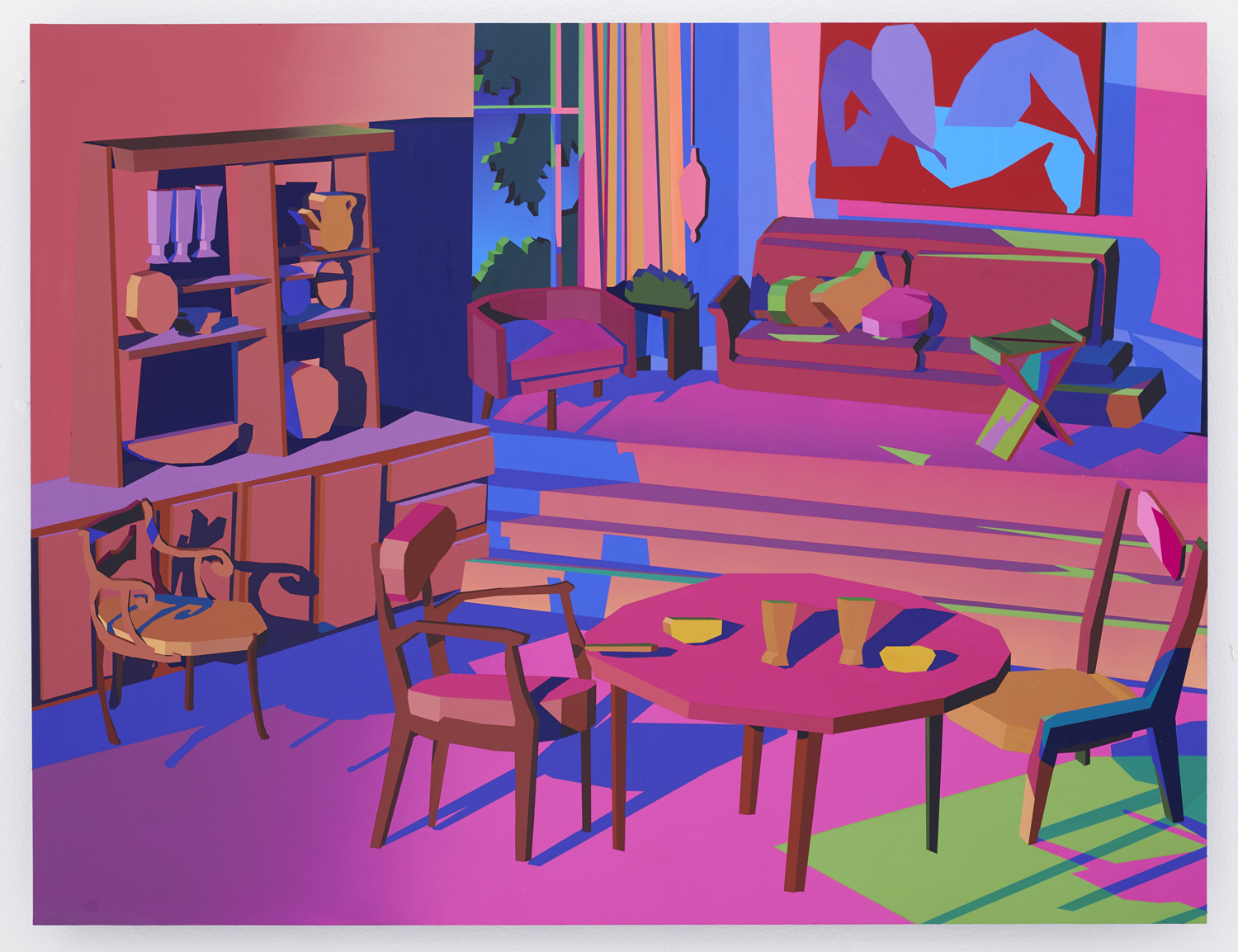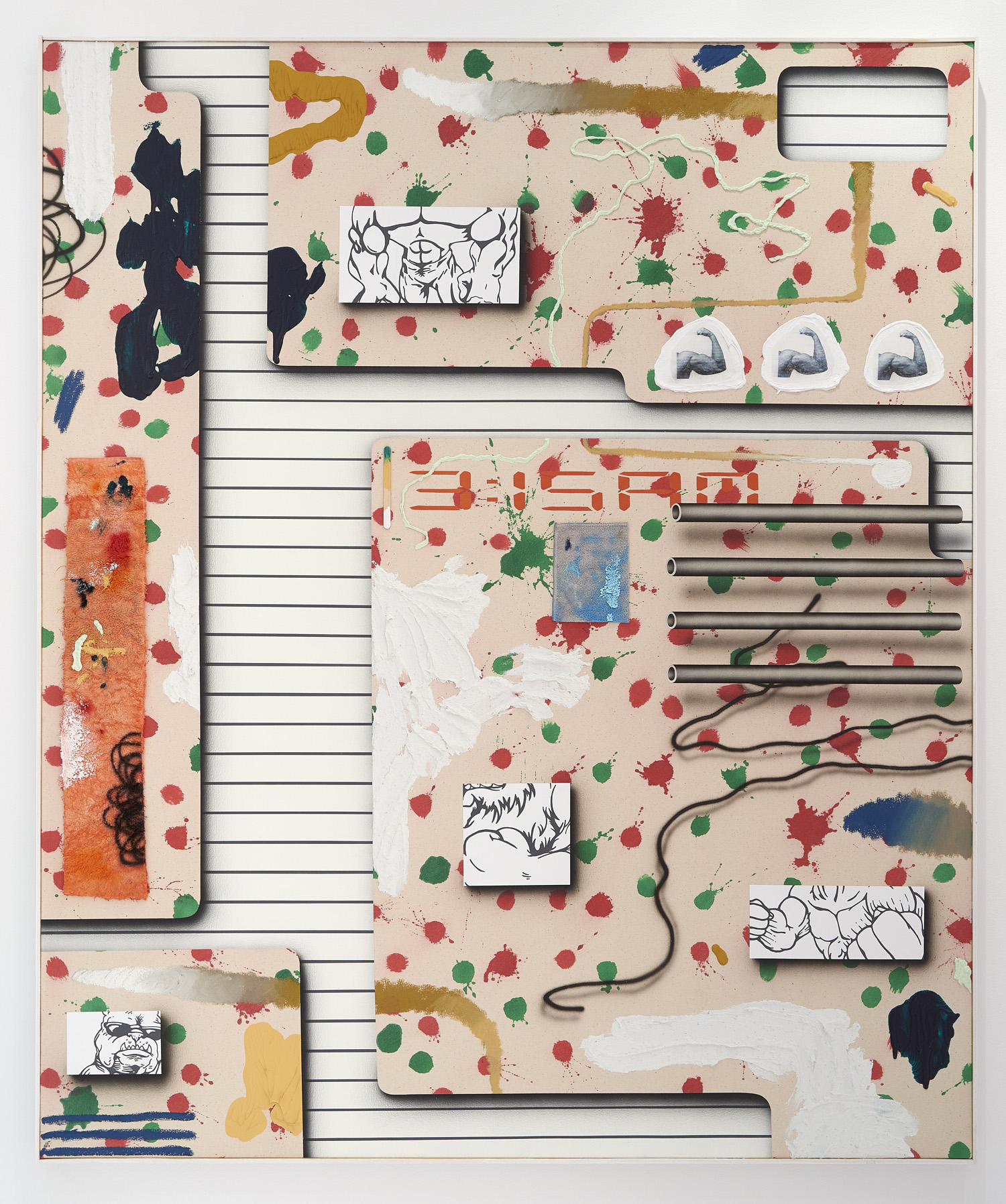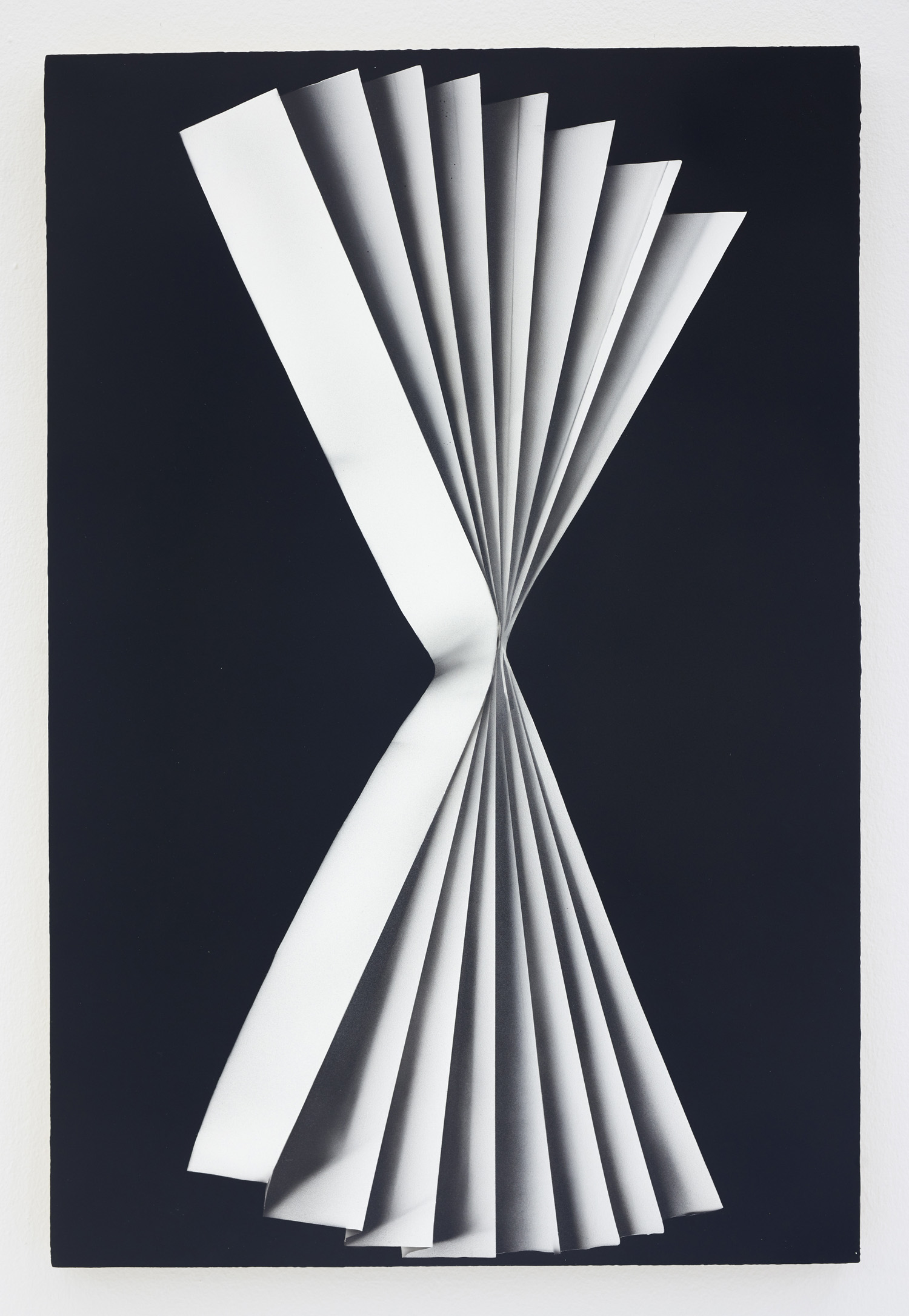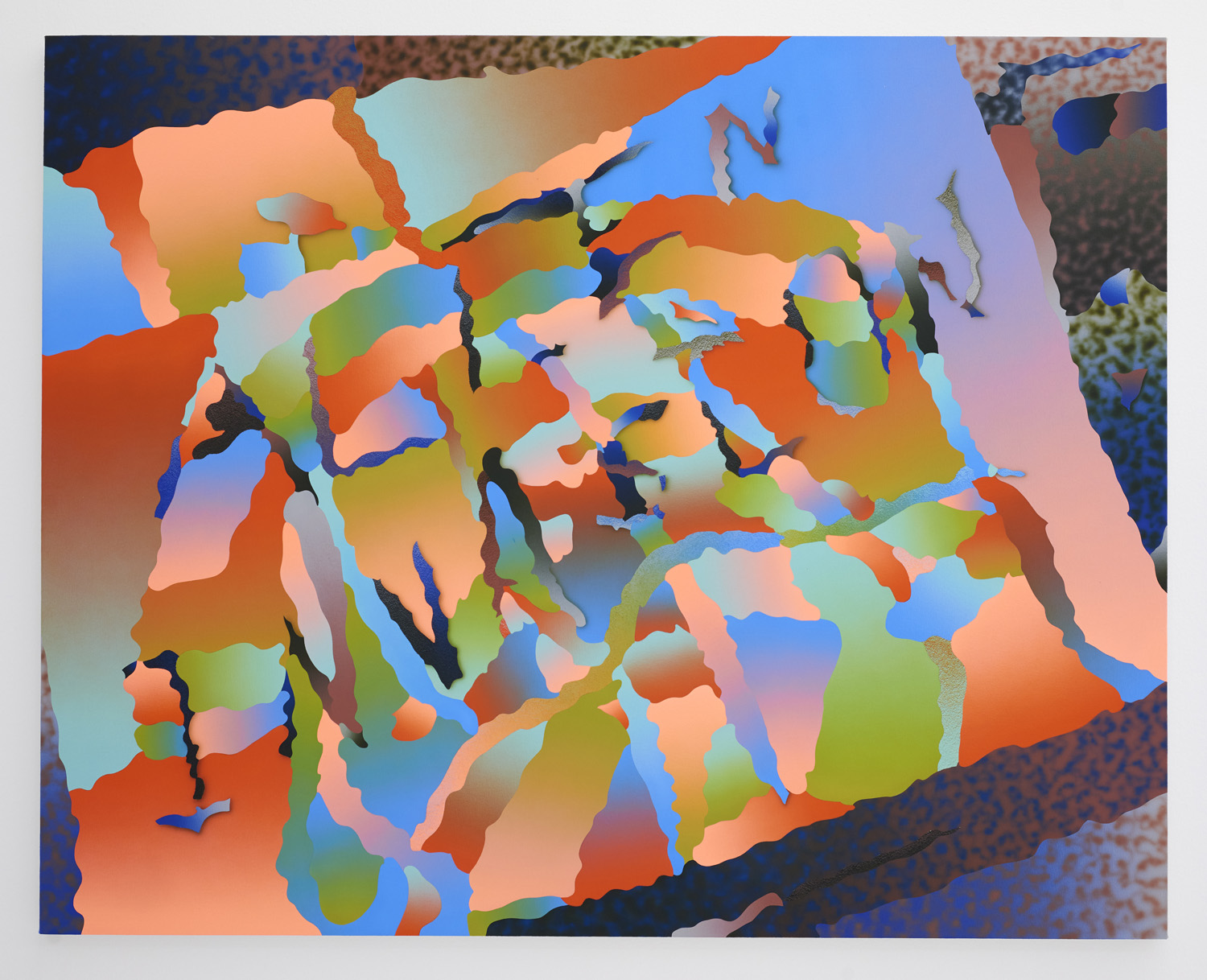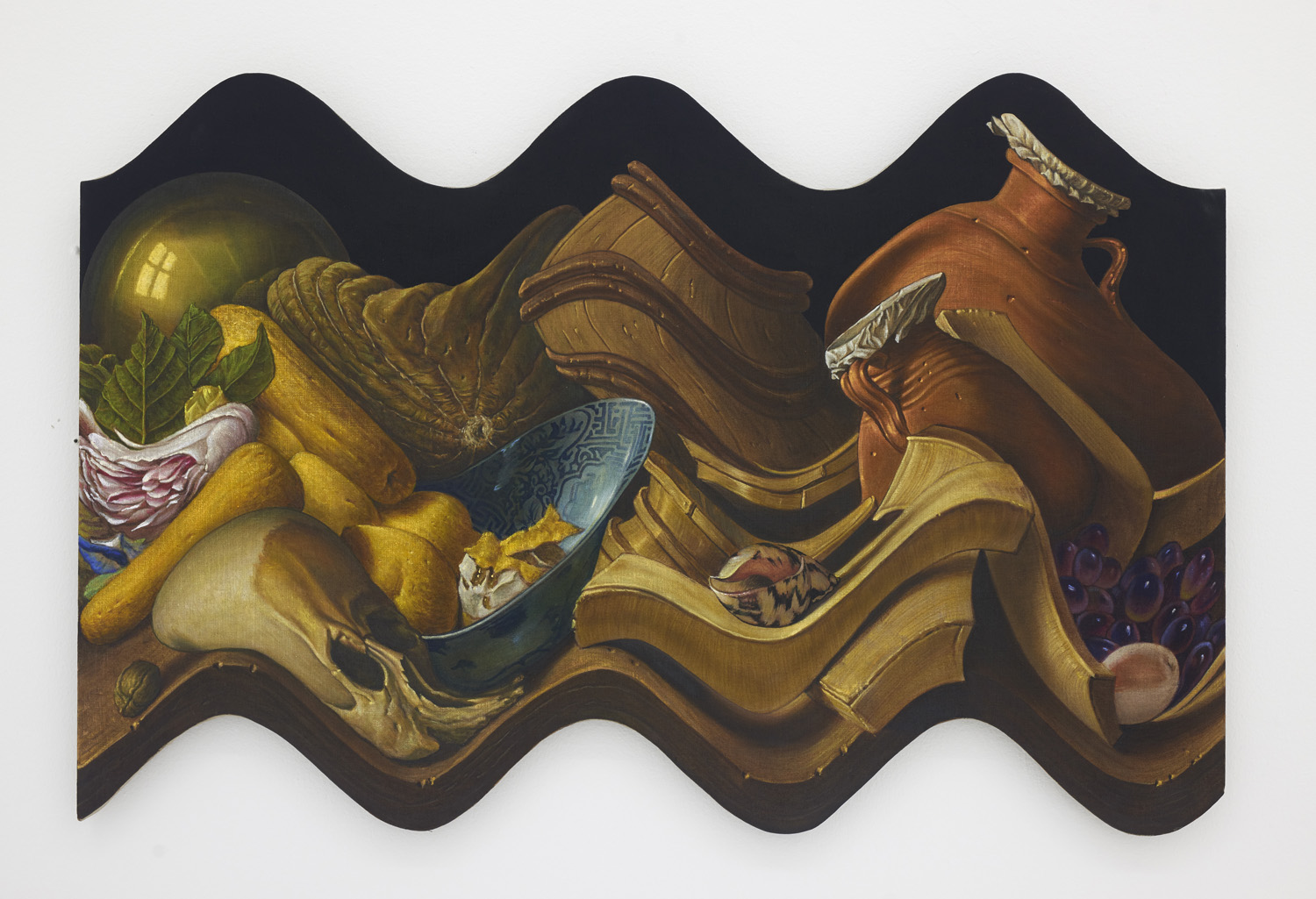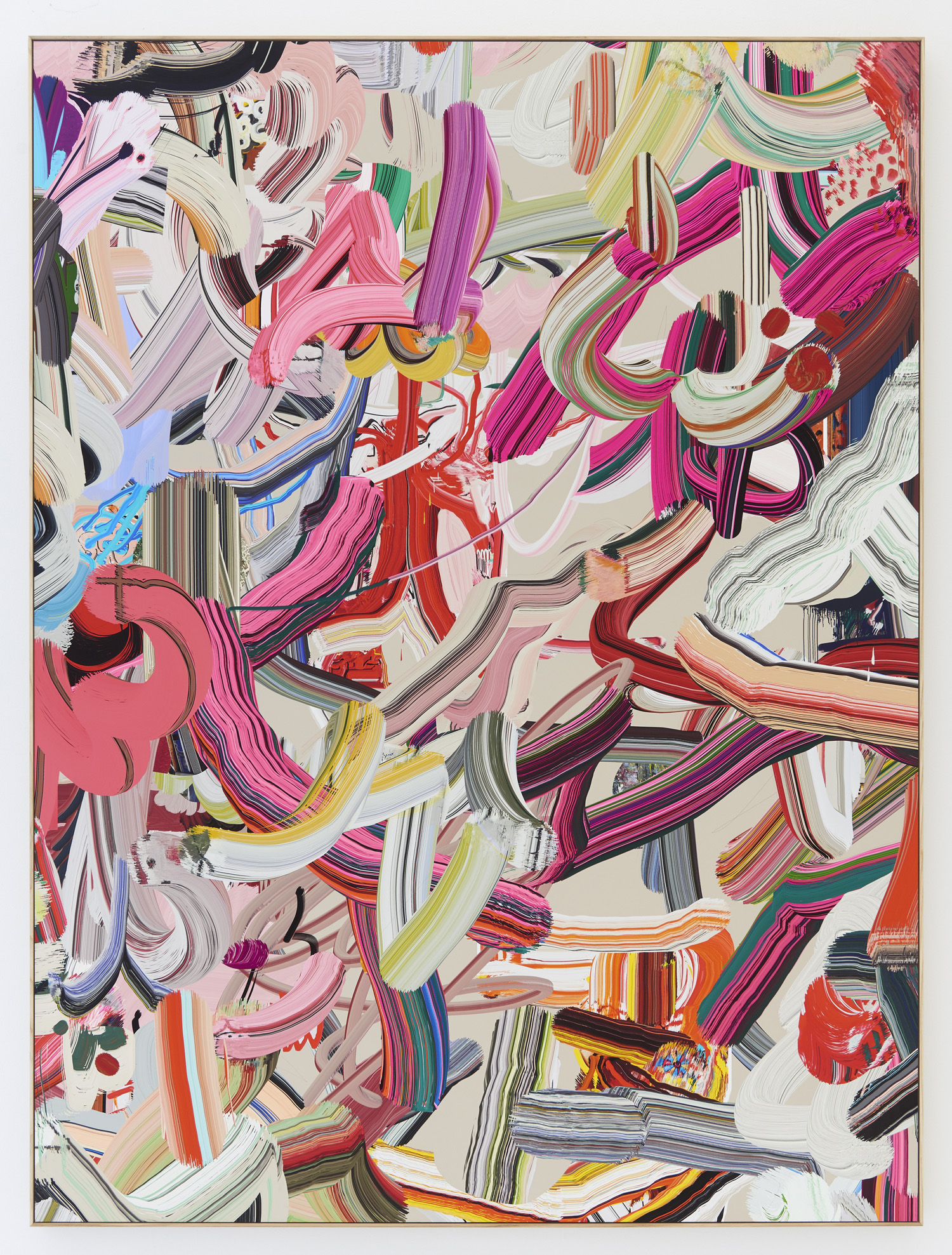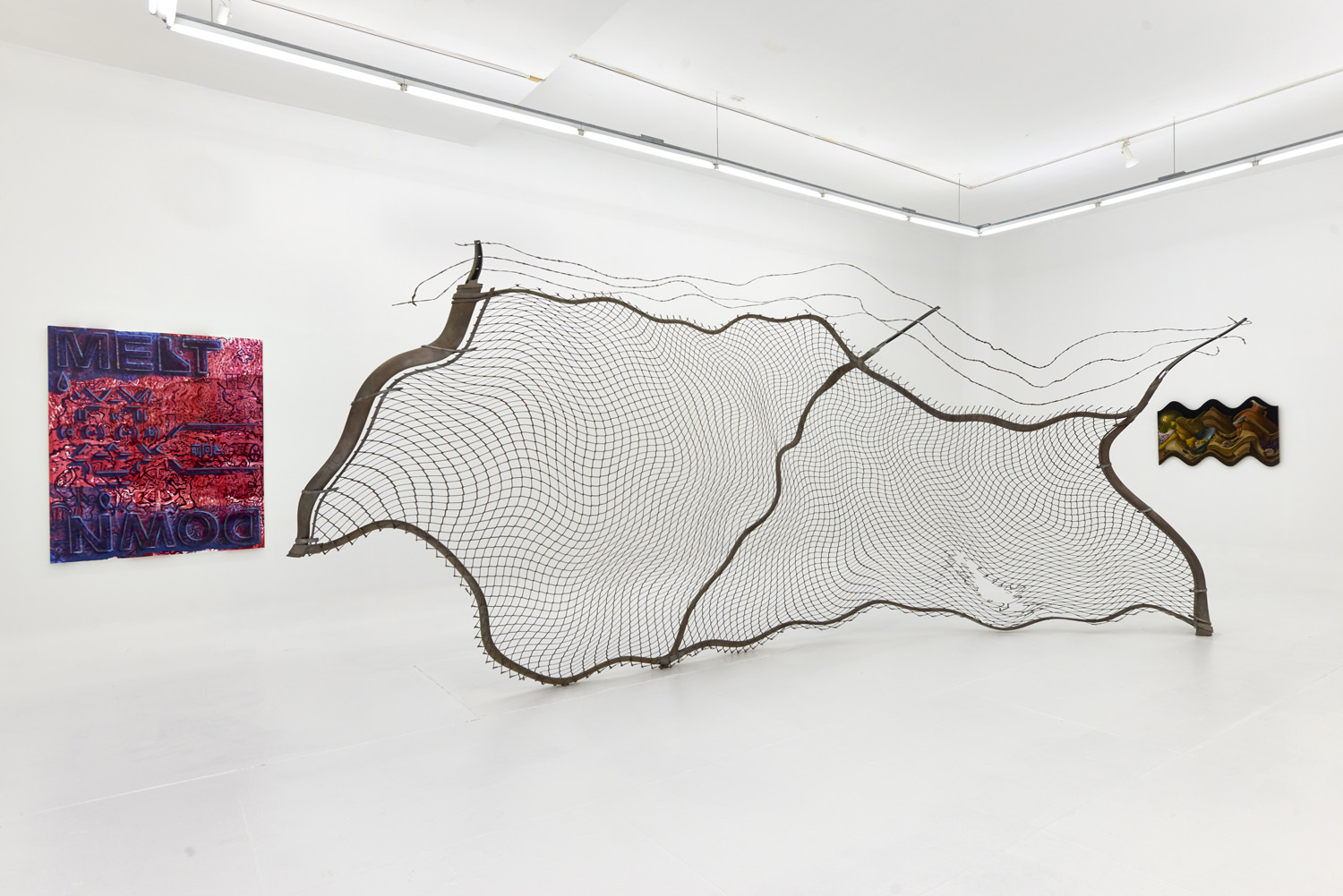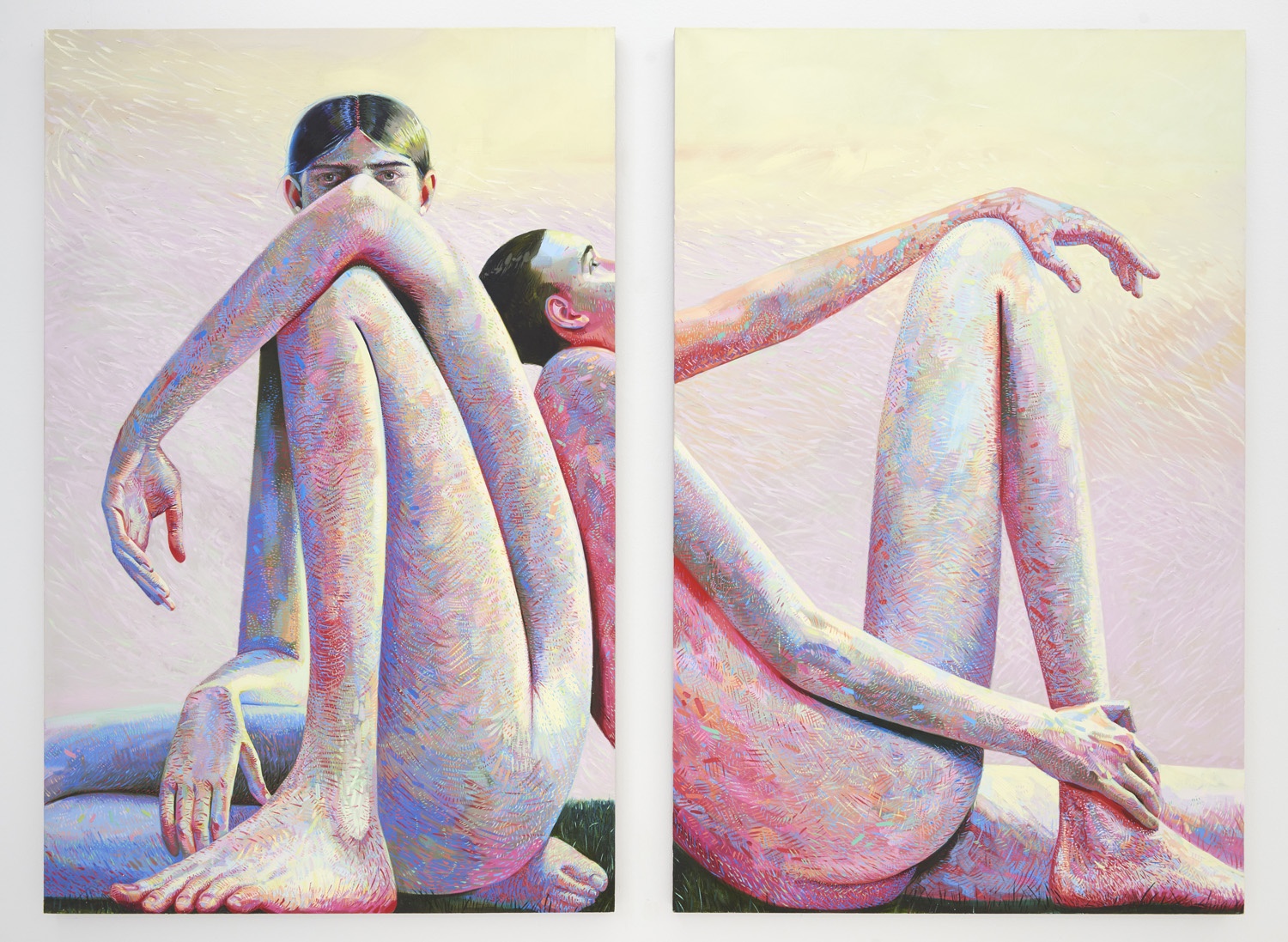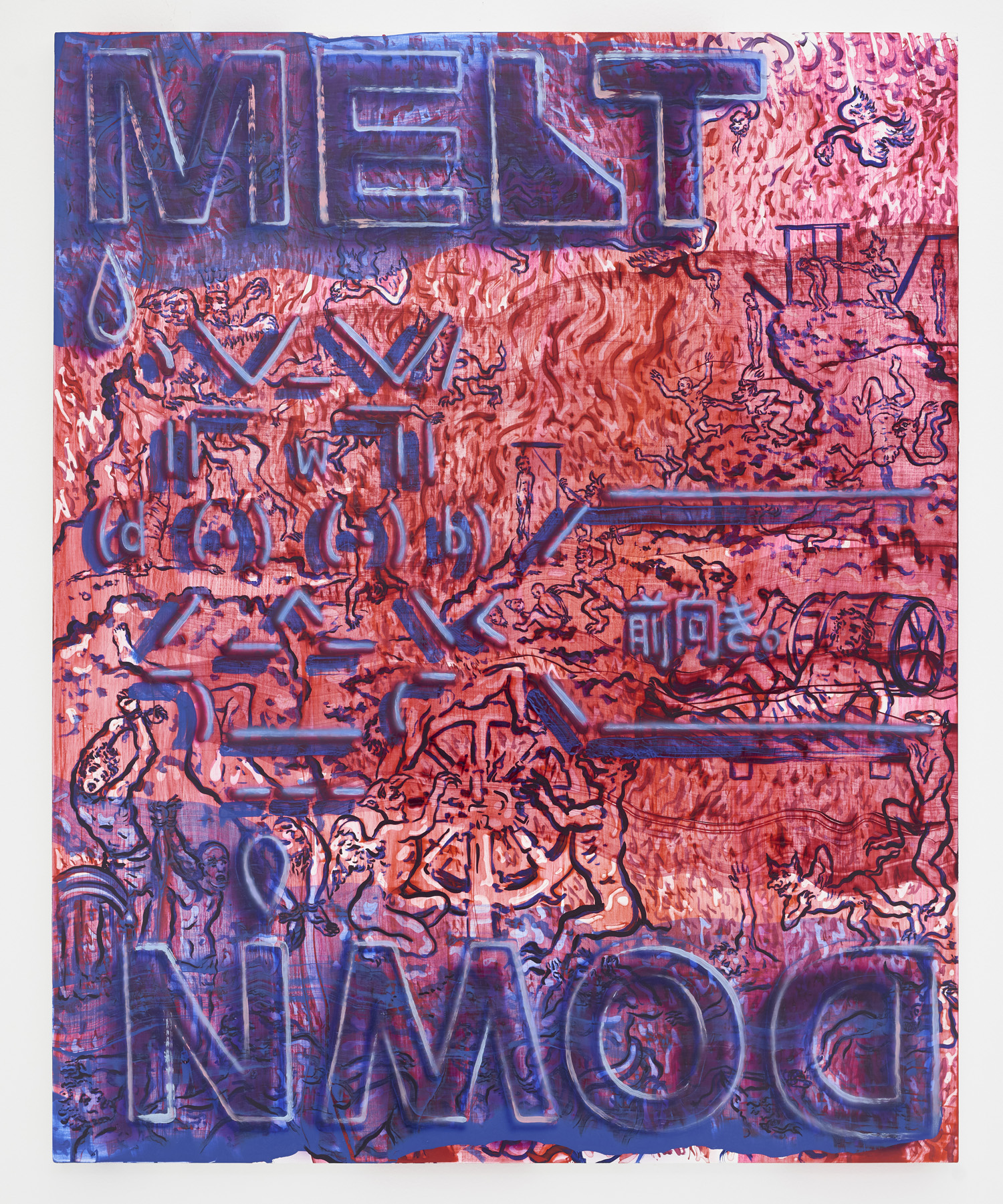The Hole is proud to announce the third installment of their ongoing curatorial project examining digital media’s impact on art-making with POST ANALOG STUDIO. This show widens the previous focus on digitally-influenced painting to look more closely at digital video and sculpture with a specific interest in CAD-rendering and 3D-modeling. From a massive wave-distorted fence sculpture by Robert Lazzarini to the computer-modeled porn-adjacent oil paintings by Emma Stern, this group includes twenty-six artists from established to emerging artists and from pixels to paint to 3D-printing.
The gallery continues using the CYC Studio curved walls used from our past exhibition by Ry David Bradley to fill the entire space, thus installing this show in a seamless, white room and mimicking the studios where digital video and digital photography thrive. Designed to remove the wall seams and shadows to more easily edit the photos or videos in the computer, CYC Studios’ creepy seamlessness can be disorienting. The gallery recedes and the artworks float in the non-space of the cyclorama, mimicking the digital space in which most of these artworks were conceived.

Takeshi Murata's work is a complete computer fabrication, not alteration or adjustment of reality. It's a fully invented image where every detail springs into digital life from nothingness. In a program made by humans, how is the structure of the program part of the art that shapes the reality? Emma Stern creates 'sexy' images of avatars in a 3D program where the tools and settings carry an inherent bias towards making pornographic women. This highlights how the programming in 3D tools contain the flaws and limitations of the humans who program them. Alan Resnick includes a 3D animation Johnny Bubble, whose playfully rudimentary modeling belies dark themes of isolation and death. We shape programs that shape reality that shapes programs, and on and on it goes.

The paintings in this third POST ANALOG STUDIO show are mostly abstraction: Anne Vieux and Rannva Kunoy make abstract paintings suggestive of the screen, whether the smeared marks of fingers swiping a phone surface or the refracted light off an optical scanner. Otto Ford includes a piece focused on how an analog brush gets translated into the various brush settings of Photoshop. Jeff Elrod includes a piece that completely blurs out the brush tool, while Clinton King uses an actual foam brush to make an insane Illustrator-style thicket of gradients. Ara Peterson’s immersive wall relief uses CNC-routed slats to carve out beautifully intersecting sine curves of color, and Rafaël Rozendaal weaves a proliferation of colored browser windows from programs and websites he codes.

I want to say a wee bit about each of the amazing artists included but you will have to come to the gallery to see the full story; twenty-six artists whose diverse works capture the diverse experiences of artists working with technology or influenced by its structures or aesthetics—a huge topic of course that arguably needs must include all art making today, as even if an artist is choosing to eschew technology that Luddism is a response to it as well. Sorry but maybe everyone is trapped in a 'post-analog' mode, whether they want to be or not.

A complete artist list includes: Adam Parker Smith, Alan Resnick, Anne Vieux, Ara Peterson, Ben Jones, Brian Bress, Caitlin Cherry, Cathrin Hoffmann, Clinton King, Emma Stern, Jeff Elrod, Jonathan Chapline, Josh Reames, Kara Joslyn, Maja Djordjevic, Matt Hansel, Michael Dotson, Morgan Blair, Otto Ford, Pedro Pedro, Rafaël Rozendaal, Rannva Kunoy, Robert Lazzarini, Robin F. Williams, Sven Loven, Takeshi Murata
POST ANALOG STUDIO is on view at The Hole through May 19th, 2019. All images and text courtesy of the gallery.

